Around the Kennebec Valley: A history of Ford’s Corner
by Andy Pottle
Part I
Andy Pottle is a resident of Palermo and writes articles about the town’s history.
In North Palermo, where Arnold Lane and Chisholm Pond Road meet, the North Palermo Road just before Wilder Young Hill goes down into Freedom, is a place once known as Ford’s Corner. You wouldn’t know it today, but over a century ago this quiet corner was the center of a bustling community in North Palermo.
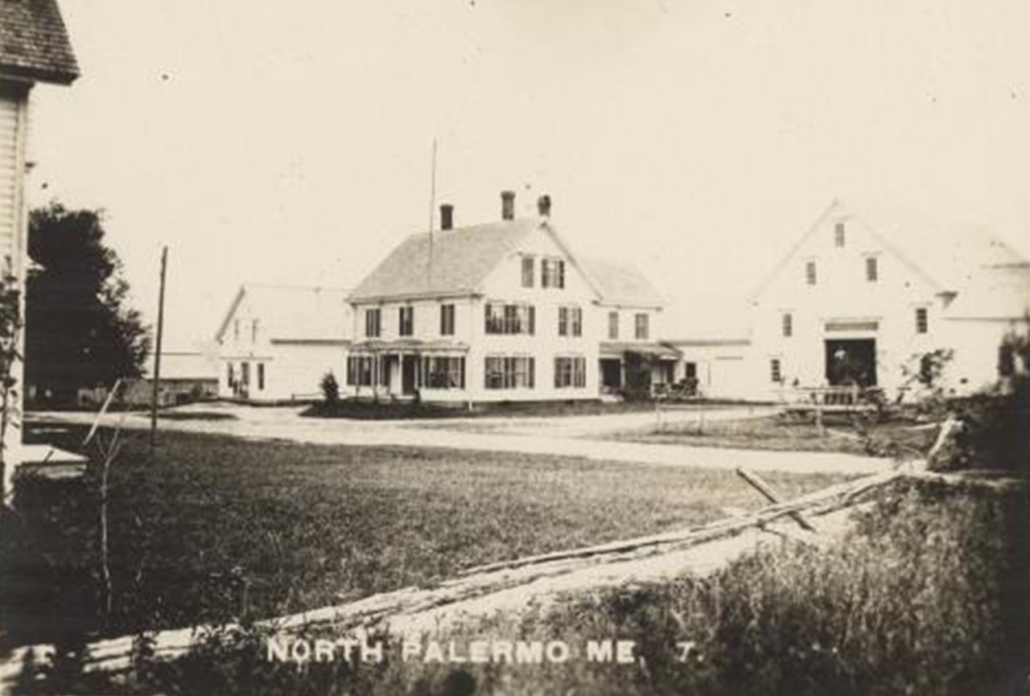
The general store/post office, home, and barn of the Bowlers circa 1908. all lost to a fire in 1932.
Ford’s Corner once hosted a general store, a post office, a boarding house, and a Methodist church.
The corner was also home to many of the local residents who managed committees, organized events, and oversaw the church.
Frank and Addie Wood lived in the white house that still stands on the northwestern corner of the intersection at Ford’s Corner. It was written in the newspapers at the time that the Wood’s “kept quite a dairy” and held ice cream fundraisers to benefit the church, where they were described as “active, devoted, and industrious members”. Frank was also a beloved stagecoach driver and mail carrier from 1885 to 1904. When Frank passed away in 1909 it was written in his obituary that there was “Not a home for miles around that [could] not testify to some act of kindness from him”. Frank Wood was the son of Frank Wood Sr., a member of the 19th Maine Regiment who was tragically killed in the Civil War in 1863 when Frank Jr. was only a year old.
Daniel and Nettie (Carr) Batchelder* lived in the house that formerly stood on the southwestern corner of the intersection. Nettie was a member of the Ladies Improvement Society, which organized the annual Palermo Picnic and held its planning meetings at their home. The picnic, held every August at Prescott Pond behind Smith Cemetery on the Level Hill Road, attracted hundreds of attendees and continued for about 20 years, starting in 1900.
Pre-1870, members of the Batchelder family owned and operated a general store located across the street from Daniel and Nettie. A map of Palermo in 1859 shows the store being run by Daniel’s uncle, Cyrus Batchelder. In 1869 it was re-established as “A. & D. Batchelders” before burning down the next year.
Daniel served in the 19th Maine Regiment in the Civil War, alongside Frank Wood Sr.
Leander and Alice Bowler, most notable among the residents of Ford’s Corner were Leander “Lee” Bowler and his wife, Alice (Hibbert) Bowler. Born in Palermo in 1840, Leander was described as “one of its most influential citizens.” He married Alice Hibbert, of Washington, the granddaughter of the namesake of Hibberts Gore, in 1870. By 1873, the couple had moved to the southeast corner of the intersection at Ford’s Corner, where the old Batchelder store once stood and had apparently been rebuilt. That same year, Leander was appointed Postmaster of North Palermo, a position he would hold for nearly 40 years. Lee was a very successful merchant, farmer, and businessman, for the next 60 years.
Lee made a comfortable living from his store, and employed several traveling salesmen with peddler’s carts that “sold goods near and far”. In addition to his success as a merchant, he was a prosperous farmer with multiple farms around Palermo. In 1897, it was reported that he exported 23,000 dozen eggs that year. Lee also held a U.S. patent for an “egg preserver” invented by himself and J. P. French, of Palermo, that could hold 2,500 dozen eggs and rotated on an axle, supposedly keeping them fresh by preventing the yolks from settling too long on the inside of the shell.
After a fire destroyed their home in 1886, Leander built the “Bowler Mansion” as it is known to some, which was described in the newspaper as “one of the finest places in town”. It was a very big home that also served as a boarding house where traveling salesman “found good meals and clean, comfortable beds in large, airy rooms”, as well as a special room reserved for any traveling ministers that were visiting the Methodist church across the street.
One of the ministers that passed through was Frank Kingdon, who arrived in the United States from London in 1913 and lived with the Bowlers while serving as the pastor of the Methodist church for the first year he was in America. Kingdon would later become (among other things) a journalist, civil rights activist, and the first chairman of the Emergency Rescue Committee, which famously saved around 2,000 people from the Holocaust during the Nazi occupation of France.
In his memoir, reflecting on his life, Kingdon had kind words for Leander and Alice.
“The presiding genius of the mansion was [Alice] “Ma” Bowler, an old and wrinkled housekeeping Fury who hated dirt as she hated the Devil, and to whom both were equally tangible. She stomped through the rooms on a crutch, her restless eye never missing any hidden speck of dust. … she was equally uncompromising in her goodness. No one ever went empty away from her door. She was first friend and confidante to the whole countryside. Boisterous, untamed of tongue, she would exchange greetings and repartee at any level with anyone who came to the store. She spared nobody from her scolding if she thought him foolish. She did not spare herself if she thought anybody in need. … She was as twisted and gnarled as an apple tree, but life was in her and many drew strength from her generous heart.”
“[Leander] had a genius for human relationships. He was a small, wiry man of some seventy years who salted all his dealings with a sprightly humor. He made a comfortable living out of the store, carried most of his neighbors on his books, and held mortgages on many of their homes. Yet he was the most honored and best beloved man in the whole section. He was the leader of the church, and also its janitor. He did not sit in a regular pew, but occupied a chair tipped against a wall up front. Here he sat and chewed tobacco religiously … By his single determination he kept the little church alive. More than in any other situation I have ever seen, this whole scattered community was held together by one man’s personality. He was the very picture of the good citizen in a democratic community, winning his undisputed place on grounds no more visible and no less irresistible than the quality of his strong character.”
(Read Part 2 of this article here.)
Sources:
Newspaper archives of Kennebec Journal, Morning Sentinel, Belfast Republican Journal, Lewiston Evening Journal.
Conversations with Pat Wiggin, Tony Tuttle, Bill Kahrmann
1859 map of Waldo County
Batchelder Genealogy 1898
Official Gazette of the United States Patent Office 1874
Jacob’s Ladder: The Days Of My Youth. Frank Kingdon 1943
*Different members of the Batchelder family at different times spelled their name as Batchelder, Bachelder and Bachelor, for clarity it is written here only as Batchelder.
The Town Line welcomes submissions from other writers of town history from the area.
Responsible journalism is hard work!
It is also expensive!
If you enjoy reading The Town Line and the good news we bring you each week, would you consider a donation to help us continue the work we’re doing?
The Town Line is a 501(c)(3) nonprofit private foundation, and all donations are tax deductible under the Internal Revenue Service code.
To help, please visit our online donation page or mail a check payable to The Town Line, PO Box 89, South China, ME 04358. Your contribution is appreciated!


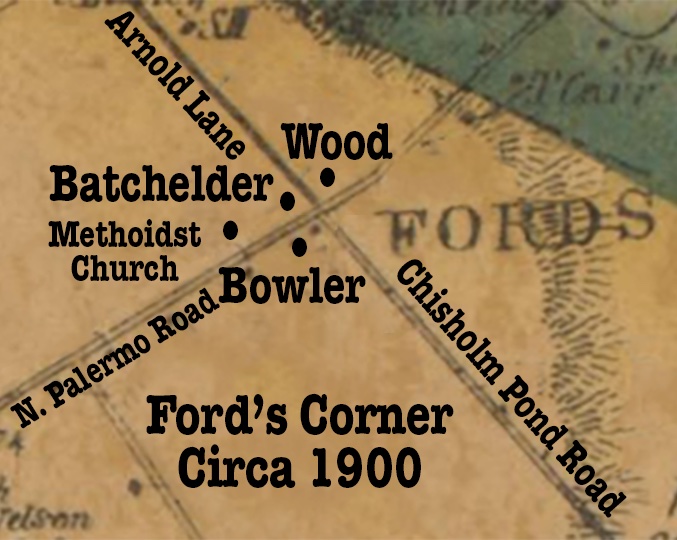
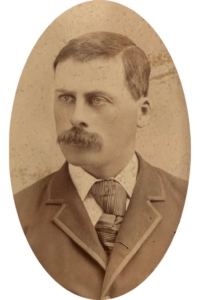
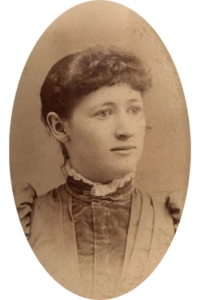
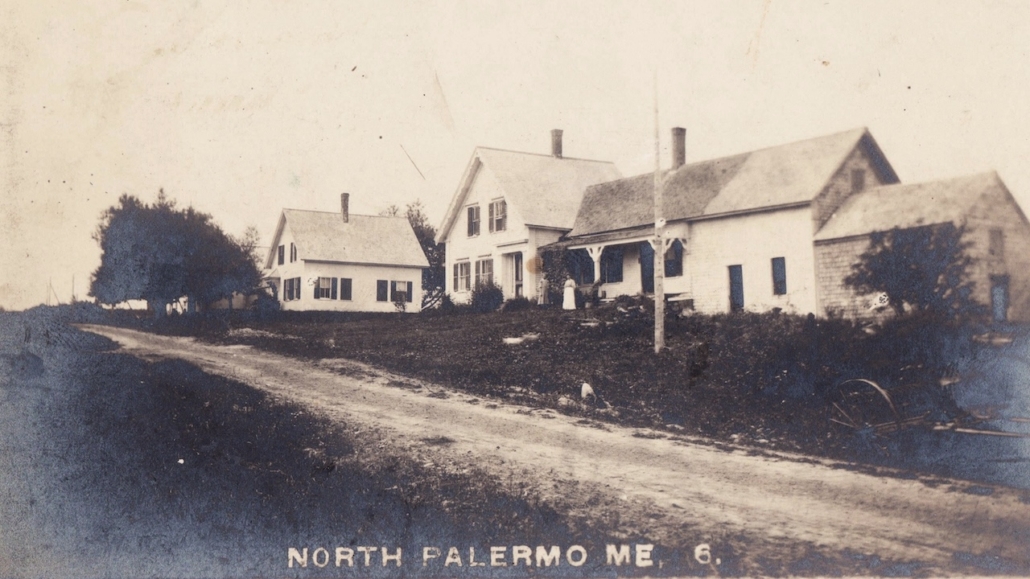
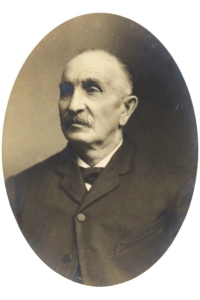
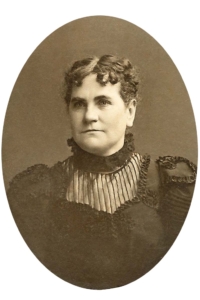
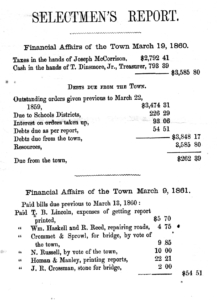

Leave a Reply
Want to join the discussion?Feel free to contribute!